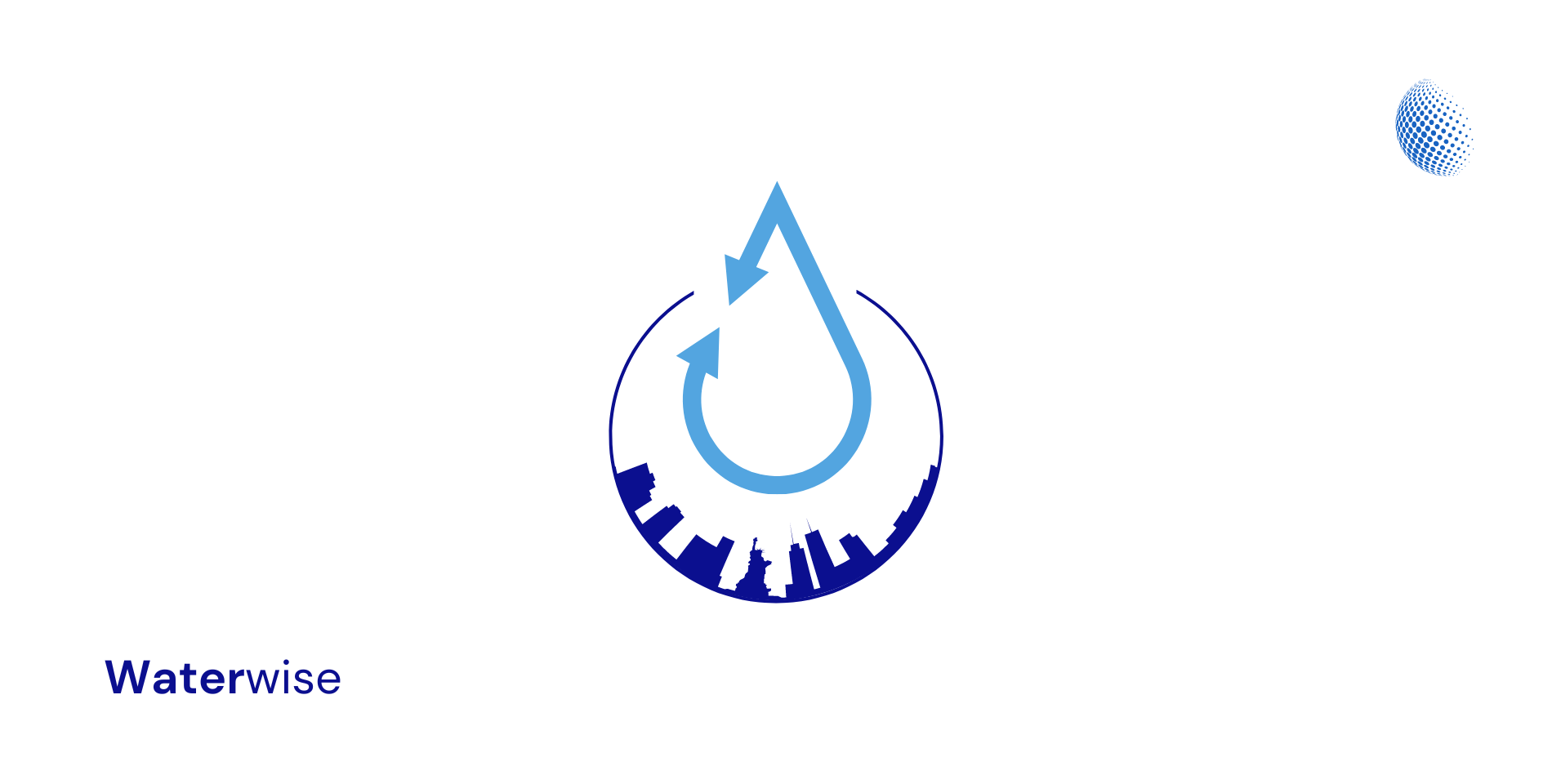New York City, a bustling metropolis known for its towering skyscrapers and vibrant streets, holds a secret beneath its concrete jungle: a network of hidden waterways. These concealed rivers, streams, and springs play a vital role in the city’s water management and environmental sustainability. Far from mere relics of the past, they are living, flowing connections to New York’s natural heritage.
Let’s embark on a journey to uncover the secrets of New York City’s Water Management.
A Watery Tapestry: The Hidden Network
New York City’s hidden waterways are a complex tapestry of natural and man-made channels, many of which have been buried, redirected, or integrated into the urban landscape.
The Forgotten Rivers
Once meandering openly through meadows and forests, many of the city’s rivers have been channeled into underground conduits. The Minetta Brook, the Saw Mill River, and others flow unseen beneath the city’s streets.
Springs and Wells
Natural springs and wells, some dating back to the city’s earliest days, are hidden gems that tell a story of the city’s relationship with water.
The Role in Water Management
These hidden waterways are not mere curiosities; they play a crucial role in New York City’s water management.
Stormwater Management
The concealed channels help manage stormwater, reducing flooding and directing rainwater into the city’s vast sewer system.
Environmental Sustainability
The preservation and restoration of hidden waterways contribute to environmental sustainability, enhancing biodiversity and improving water quality.
Rediscovery and Restoration: A New Era
In recent years, there has been a growing movement to rediscover and restore New York City’s hidden waterways.
Urban Exploration
Urban explorers, historians, and environmentalists are mapping and documenting the hidden rivers, bringing them back into the public consciousness.
Restoration Projects
Several restoration projects, such as the daylighting of the Saw Mill River, have brought hidden waterways back to the surface, reconnecting communities with their natural heritage.
Challenges and Opportunities
The journey to uncover and restore New York City’s hidden waterways is fraught with challenges but also filled with opportunities.
Navigating the Urban Maze
Uncovering and restoring hidden waterways in a densely built environment is a complex task, requiring careful planning, engineering, and community engagement.
A Living Connection
The hidden waterways offer an opportunity to reconnect with nature, create green spaces, and foster a sense of community and environmental stewardship.
Conclusion: A Hidden Treasure
New York City’s water management is a treasure trove of history, ecology, and potential. They remind us that even in the most urbanized landscapes, nature persists, flows, and nourishes. They challenge us to look beyond the surface, to see the hidden connections that bind us to our environment.
The story of New York City’s water management is a story of rediscovery, restoration, and resilience.
It’s a story that invites us to imagine a city where hidden rivers flow freely, where nature and urban life coexist in harmony. It’s a story that beckons us to explore, to uncover the secrets beneath our feet, and to embrace the hidden beauty of our urban world.

